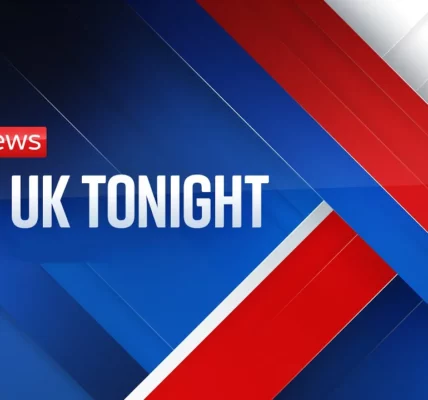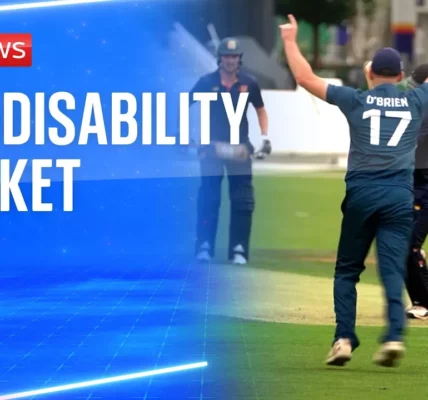NATO Summit: A New Era of Defense and Diplomacy

This article provides a comprehensive overview of the NATO Summit held in Washington, highlighting the key discussions surrounding Ukraine, international relations, and the political implications of the new leadership in the UK under Prime Minister Sakir Starma.
Introduction
The NATO Summit, marking the 75th anniversary of the North Atlantic Treaty Organization, convened in Washington with significant global attention. Newly appointed UK Prime Minister Sakir Starma arrived for his first major international engagement, amidst rising tensions due to ongoing conflicts in Ukraine and the broader implications of Russian aggression. This summit serves not only as a platform for diplomatic discussions but also as a critical point for assessing the future of NATO as an alliance amid evolving security challenges.
Key Themes of the NATO Summit
The NATO Summit revolves around several critical themes that define the current geopolitical landscape. These include:
- The ongoing conflict in Ukraine and strategies for NATO’s support.
- The implications of new leadership within NATO member countries.
- Discussions on defense spending and military readiness.
Ukraine: The Central Focus of the Summit
Ukraine remains at the forefront of NATO’s agenda, especially in light of Russia’s continued military aggression. The discussions are shaped by several vital aspects:
Military Support and Strategy
NATO leaders are expected to reaffirm their commitment to supporting Ukraine through military assistance and strategic planning. The alliance faces the challenge of developing a unified strategy to ensure Ukraine can effectively counter Russian advances. Key points include:
- Increased military aid packages.
- Enhanced training programs for Ukrainian forces.
- Collaborative intelligence-sharing initiatives.
International Unity Against Russian Aggression
One of the summit’s primary goals is to project a message of solidarity among NATO allies. This unity is critical for countering Russian propaganda and maintaining a coherent response to the ongoing war. The leaders are expected to:
- Affirm collective defense commitments under Article 5 of the NATO treaty.
- Discuss strategies to manage the economic impacts of the conflict on member nations.
- Highlight the integration of Finland and Sweden as NATO’s newest members, strengthening the alliance’s northern flank.
Political Dynamics and Leadership Changes
The recent political shifts in key NATO countries, particularly the UK, have sparked discussions on the future of the alliance. Prime Minister Sakir Starma’s leadership is seen as a pivotal moment for the UK within NATO.
Prime Minister Sakir Starma’s Leadership
Starma’s arrival at the summit represents a fresh perspective on UK foreign policy. His government is expected to:
- Reaffirm strong support for NATO’s mission and objectives.
- Advocate for increased defense spending among member states.
- Focus on diplomatic engagement with both allies and adversaries.
Concerns Surrounding U.S. Leadership
President Joe Biden’s health and political standing have raised questions about U.S. leadership in NATO. As the host of the summit, Biden’s ability to navigate these discussions is critical:
- Concerns about Biden’s capacity to secure a second term amidst health issues.
- The potential implications of a second Trump presidency on NATO’s future.
- Challenges in maintaining a united front among NATO members.
Global Reactions and Implications
The outcomes of the NATO Summit will resonate globally, influencing international relations beyond the immediate member states. Key reactions and implications include:
International Community’s Response
Allies and adversaries alike are closely monitoring the summit’s proceedings. Reactions are likely to focus on:
- The potential for new sanctions against Russia.
- Responses to any shifts in NATO’s defense posture.
- Global market reactions to the outcomes of the summit.
Future of NATO
The summit may set the course for NATO’s future, especially regarding:
- Long-term strategic goals in response to evolving threats.
- The balance of power within the alliance.
- Implementation of new defense initiatives.
Conclusion
The NATO Summit in Washington marks a critical juncture for the alliance as it navigates complex geopolitical challenges. As member nations reaffirm their commitments to collective defense and support for Ukraine, the outcomes of this summit will shape international relations for years to come. Stakeholders must pay close attention to the discussions and decisions made at this pivotal event.
For more insights and live updates from the NATO Summit, visit our related articles on international relations and defense strategies.
“`




